The only filters I’ve ever used are UV or clear ones to protect my front elements on digital cameras (I know, I know). I was looking at ND filters one day to allow shooting with larger apertures in sunlight and stumbled across an article about circular polarisers. I liked how they remove reflections and add depth to cloudy skies, so I ordered a couple of cheapish Tiffens from Amazon that claim to block a stop and a half of light.
At last the package arrived, so I grabbed my Pentax 6×7, the 90mm 2.8 and a roll of Ilford Delta 400.
I took a walk to Punggol Park which is not far from where I live in Singapore. I tried to pick scenes with lots of light, contrast and reflective surfaces. It was very satisfying watching the clouds pop through my viewfinder as I turned the filter, and thinking about my angle in relation to the sun was fun too.
I developed the roll in HC-110 dilution B (1:31) for 7.5 minutes as per the Massive Dev Chart, and scanned it with an Epson V700.
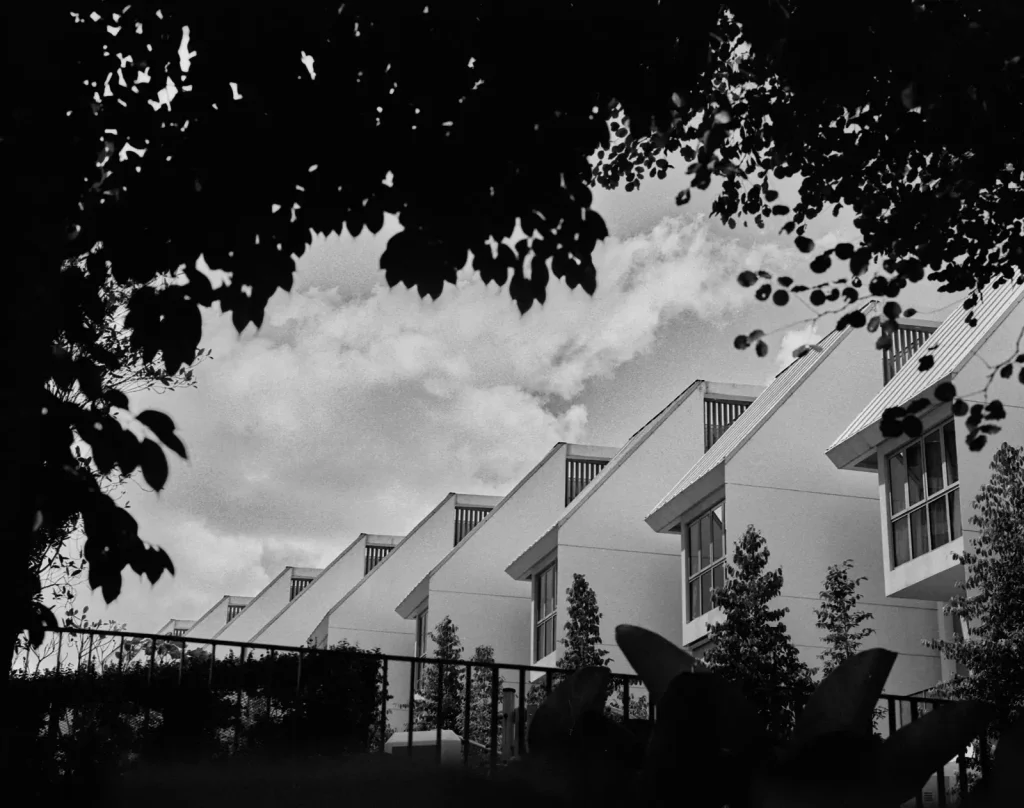
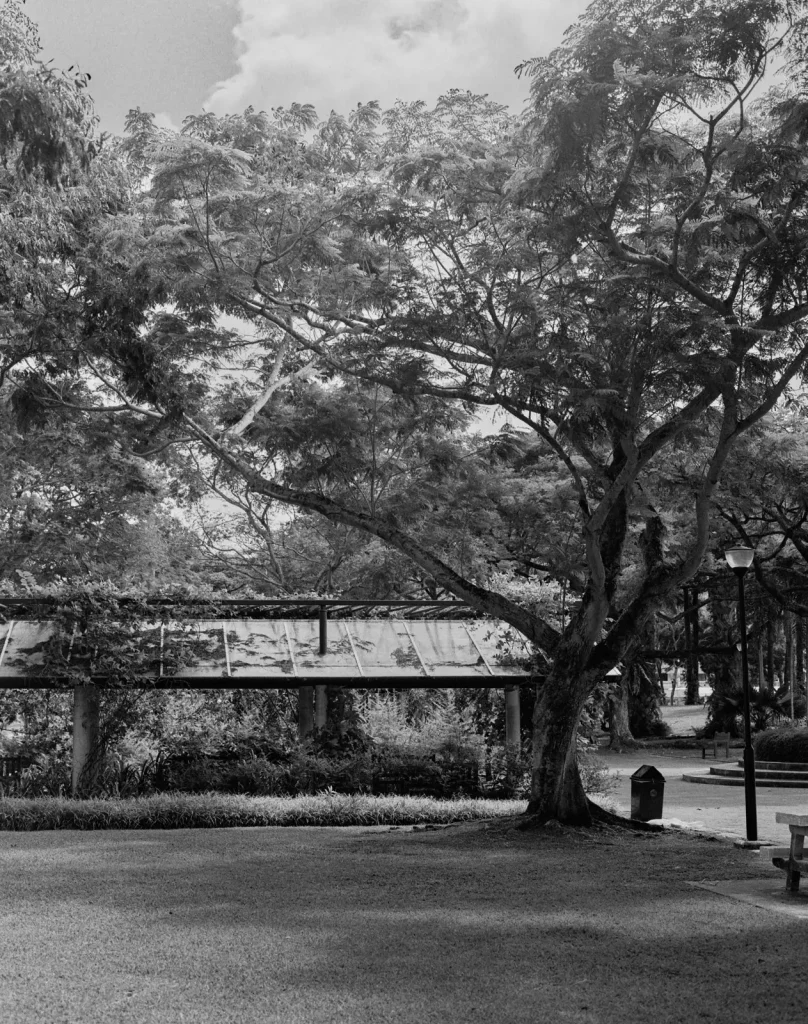
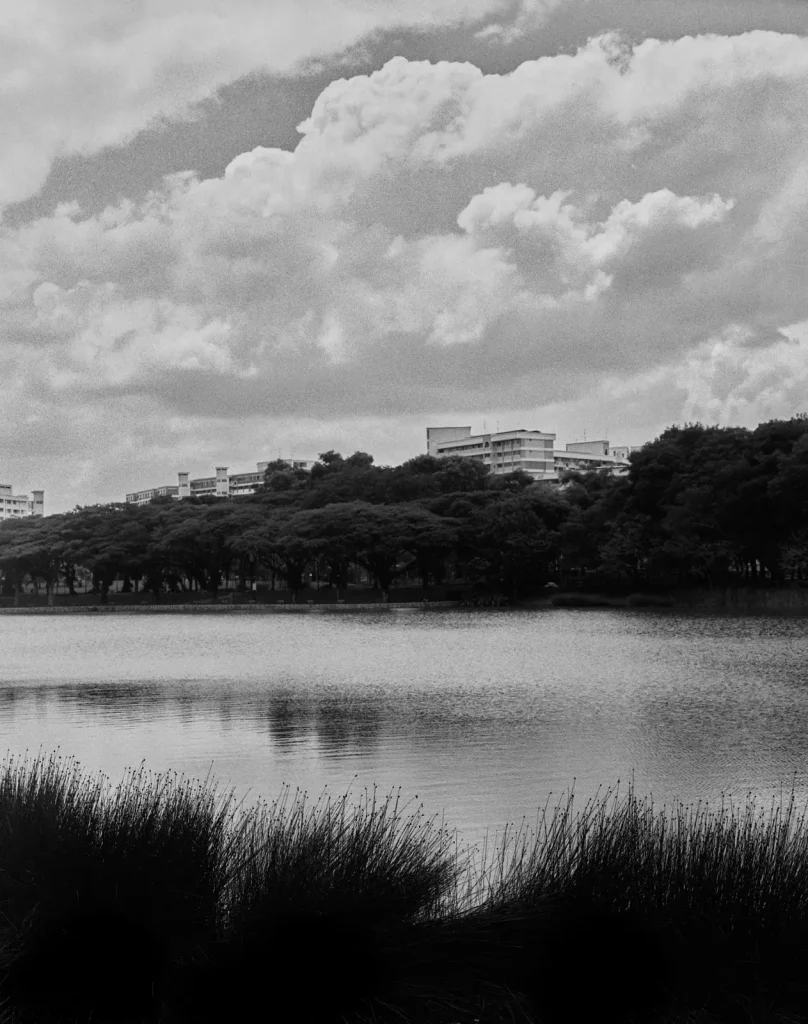
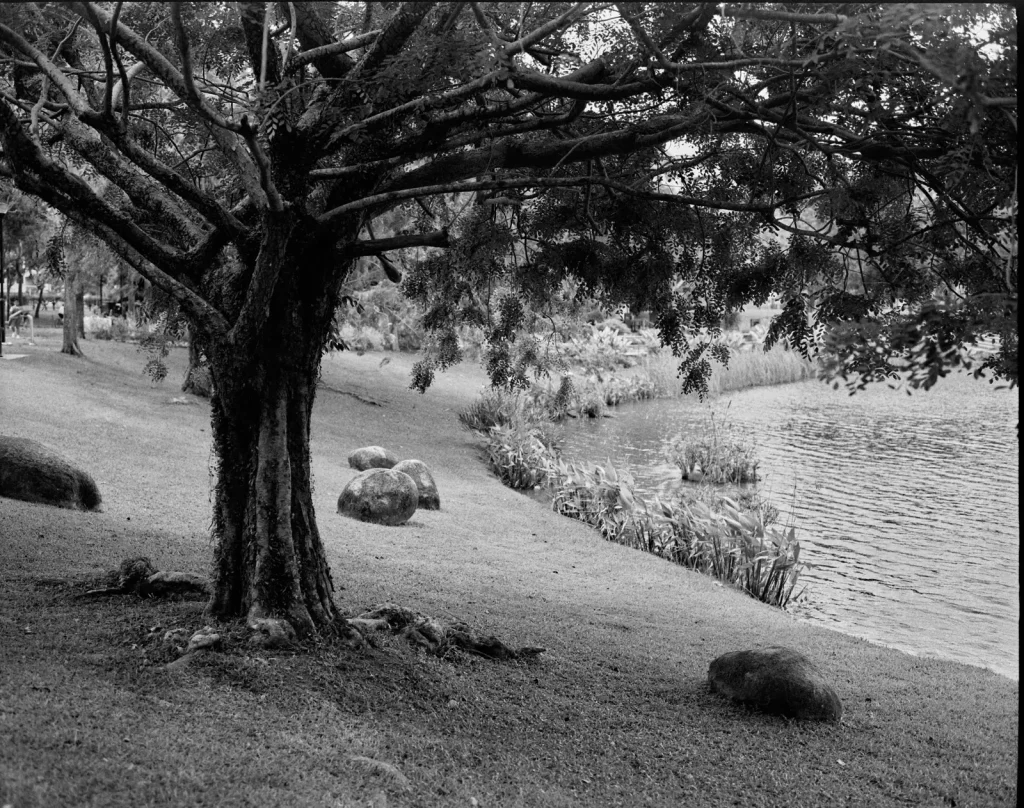

I’m quite pleased with the results. I was able to pull bags of detail out of the highlights using the HDR sliders in Capture One – besides a little touching up and dust removal that’s all I did. I have not added any contrast or adjusted the curves.
As a side note, I did a bit of reading about the difference between circular and linear polarising filters. The difference is that circular ones have an extra layer that stops reflective elements in the camera system from causing cross polarisation. This is an issue with digital cameras, messing up autofocus and causing metering issues with DSLRs (because of the mirror). I guess the same issue might be possible in film SLRs with TTL metering that relies on the mirror – if anyone knows about this please let us know in the comments. Apparently for 35mm movie cameras there is an accessory called a video tap that uses a beam splitter to display a live video feed of what the lens sees – this too can cause cross polarisation with a linear filter resulting in a dark or black image.
So if in doubt, buy circular.
If you’d like to connect on social media you can find me on Instagram and Flickr.
Happy shooting!
Share this post:
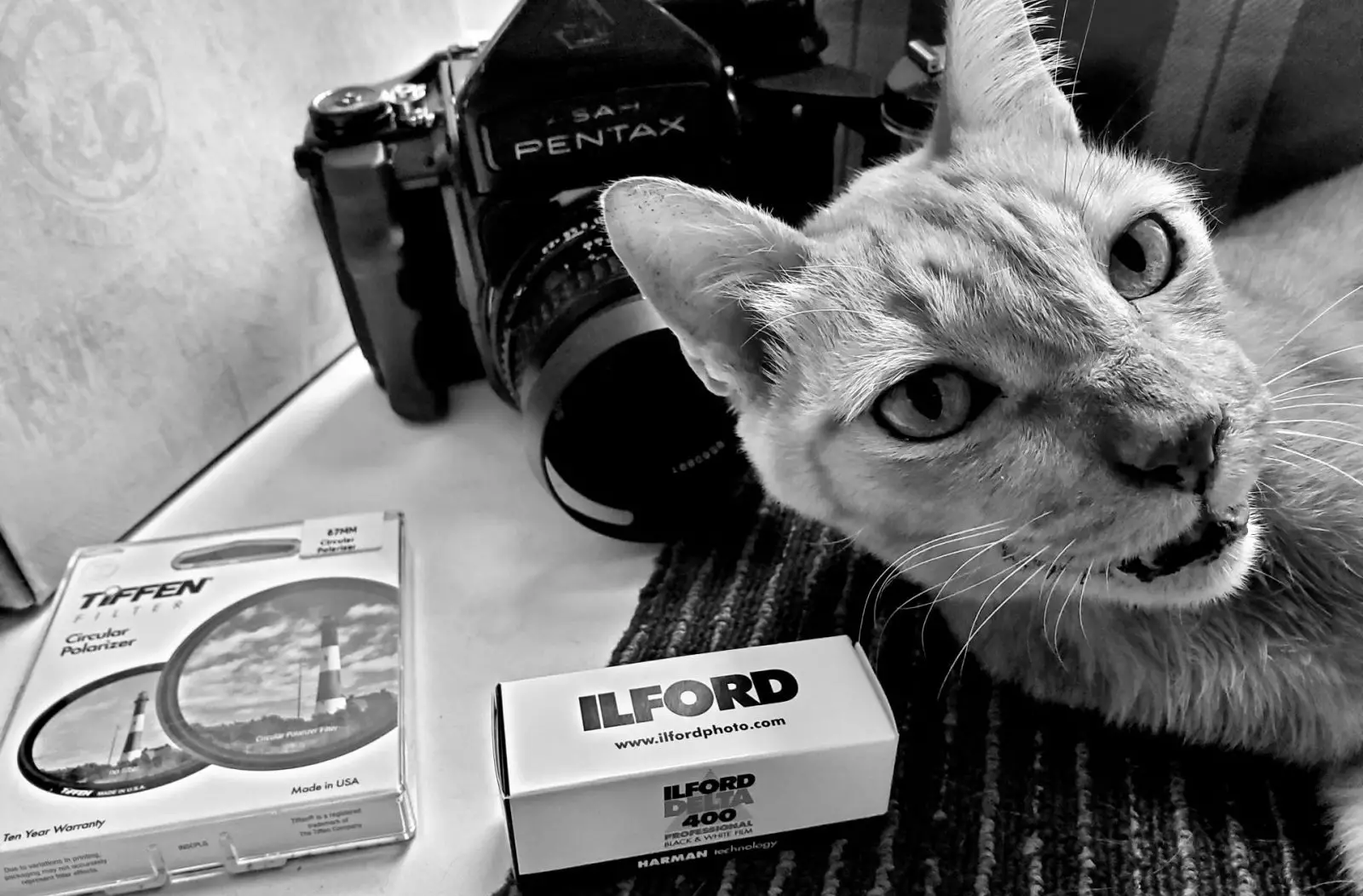
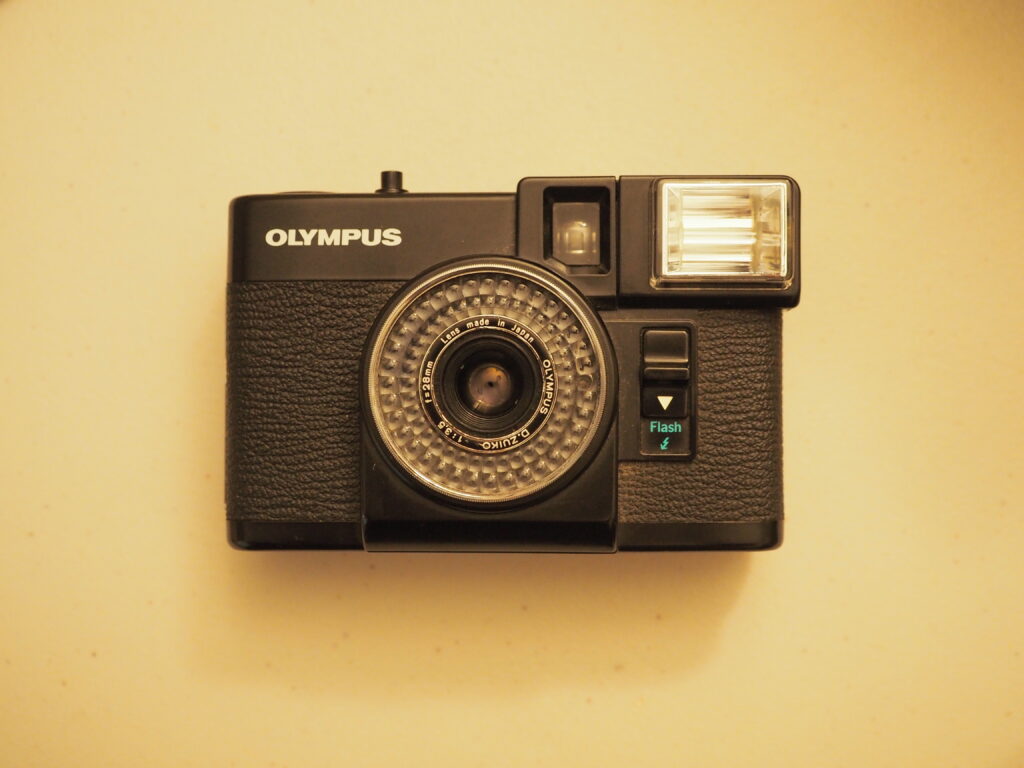
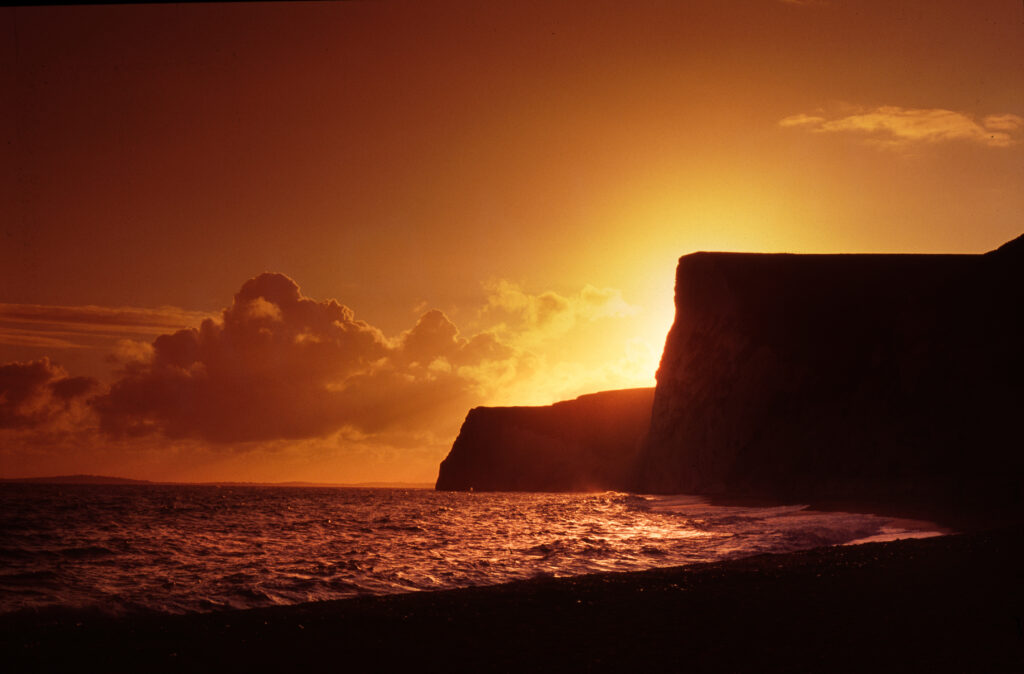
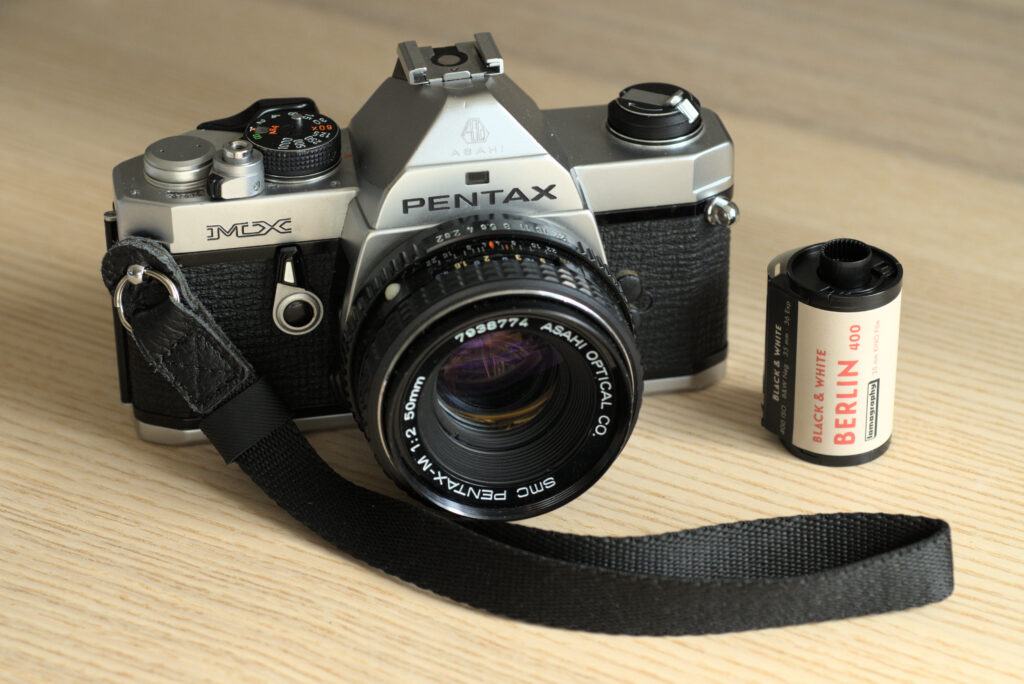
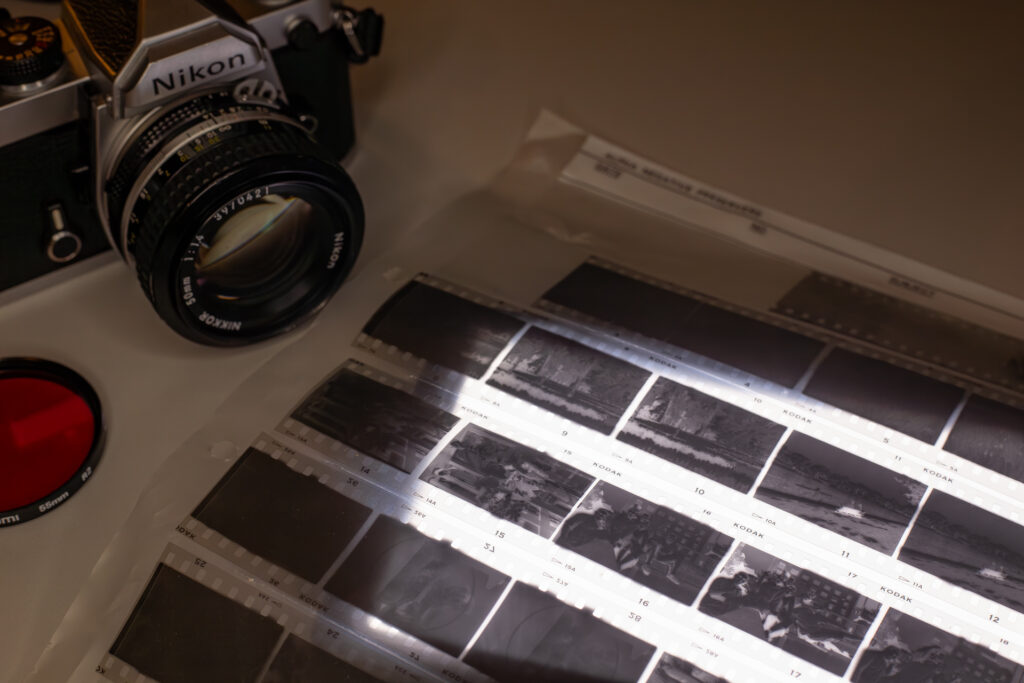
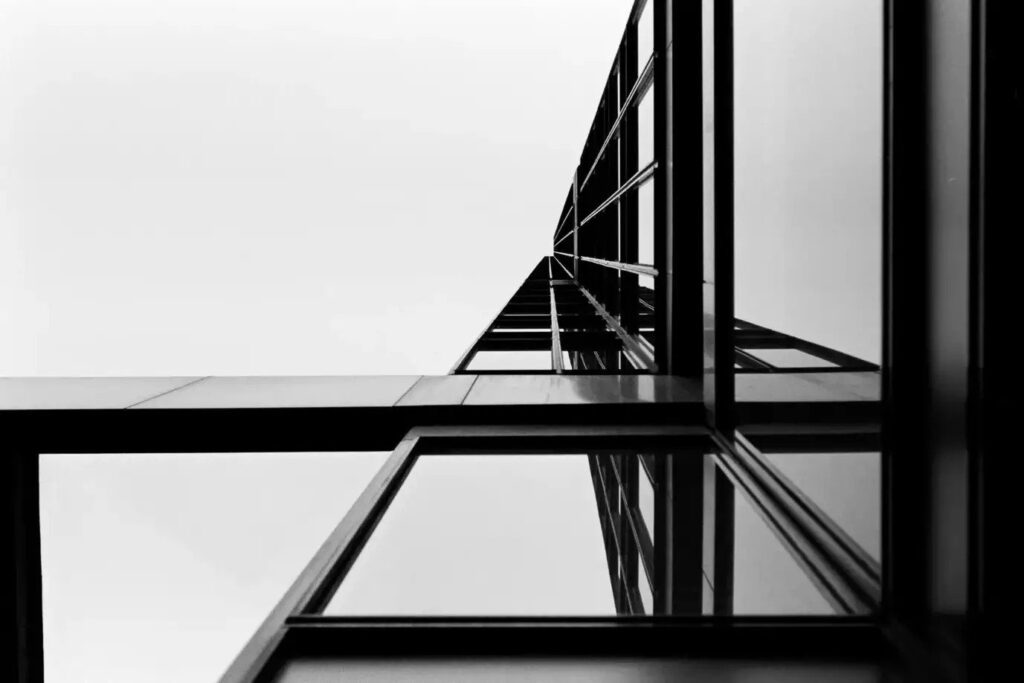
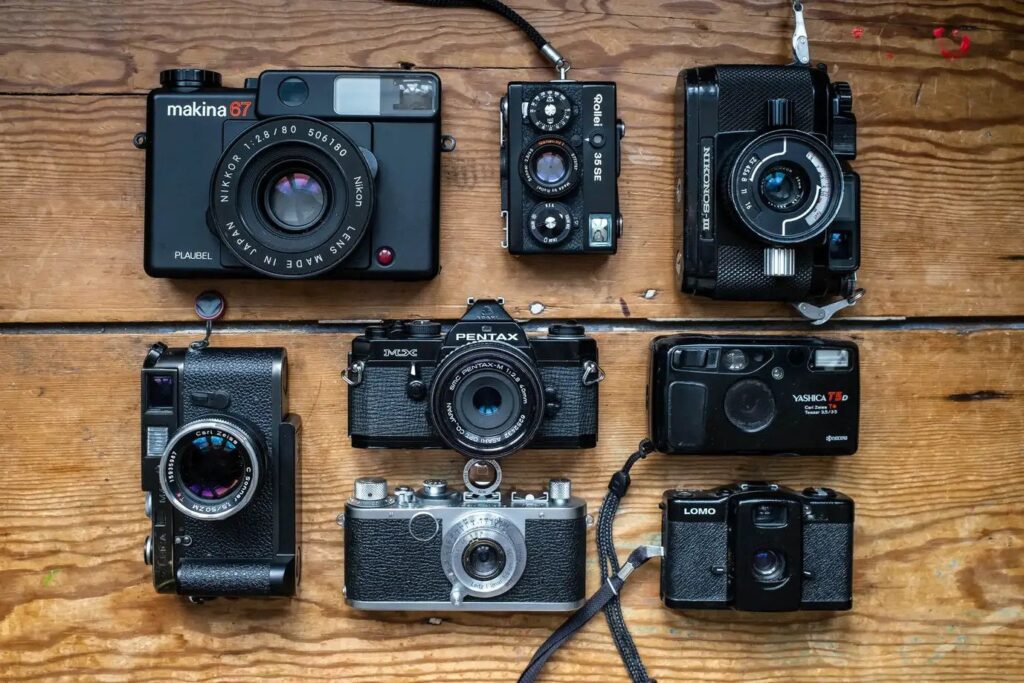
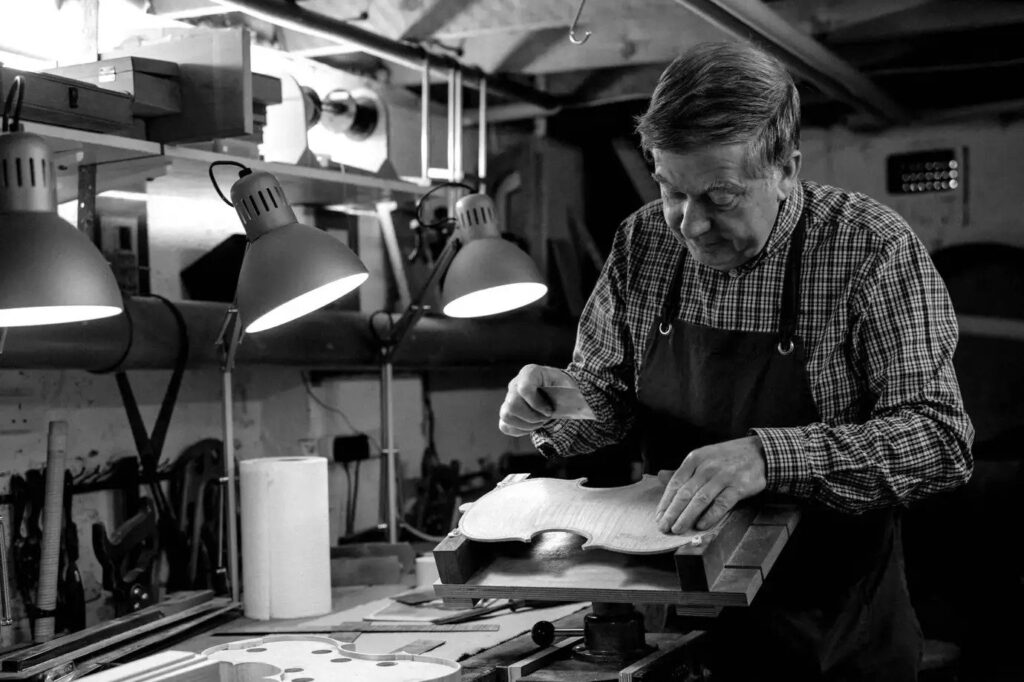
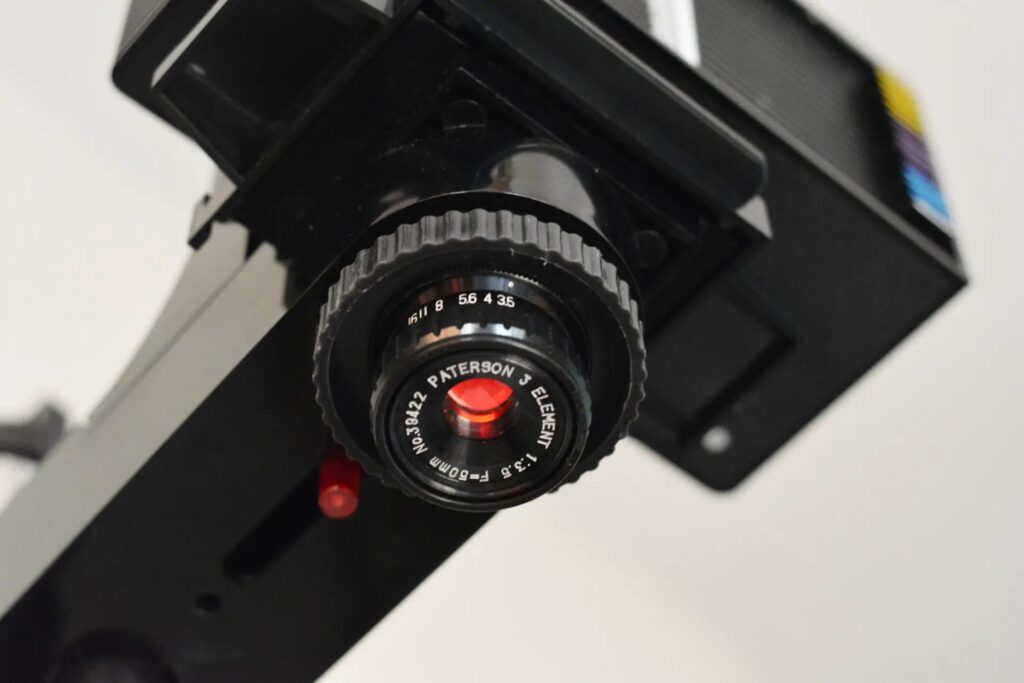
Comments
James T on 5 frames with Delta 400 and a circular polarizer – By Jim Sangwine
Comment posted: 12/03/2020
Anything that uses partial reflection will be messed up by a linear polarizer because the degree of reflection vs. transmission will depend on the plane of polarization. I'm not sure about in-prism metering (such as the metered viewfinders on some MF cameras but I think that they will be affected as I think they rely on the non-total reflection of one plane of polarization to get the light out to the photodiode.
I would think that the on-sensor metering/auto-focus of mirrorless cameras might be OK.
BTW: a quick way to check which a second hand polarizer is is to hold it up to your monitor (unless it's a CRT monitor) with the light going through from back to front and rotate it. A circular polarizer will not show any intensity variation with the reversed light path, while a linear one will show the same intensity variations both ways.
Comment posted: 12/03/2020
Mikey on 5 frames with Delta 400 and a circular polarizer – By Jim Sangwine
Comment posted: 13/03/2020
Comment posted: 13/03/2020
Lee on 5 frames with Delta 400 and a circular polarizer – By Jim Sangwine
Comment posted: 13/03/2020
Comment posted: 13/03/2020
Eric Rose on 5 frames with Delta 400 and a circular polarizer – By Jim Sangwine
Comment posted: 13/03/2020
Comment posted: 13/03/2020